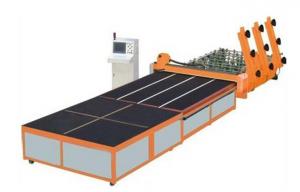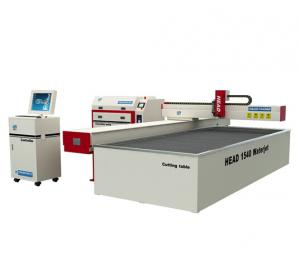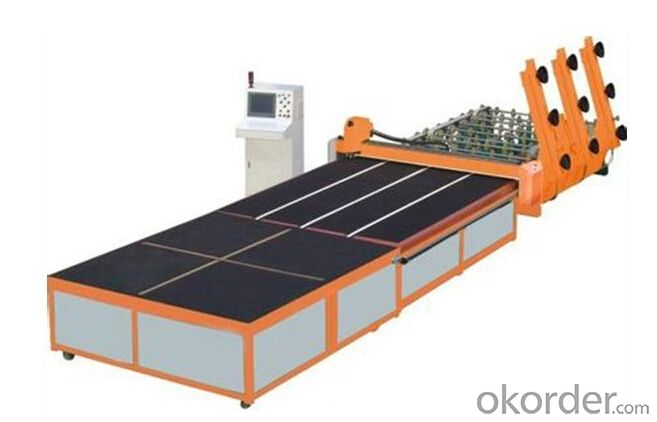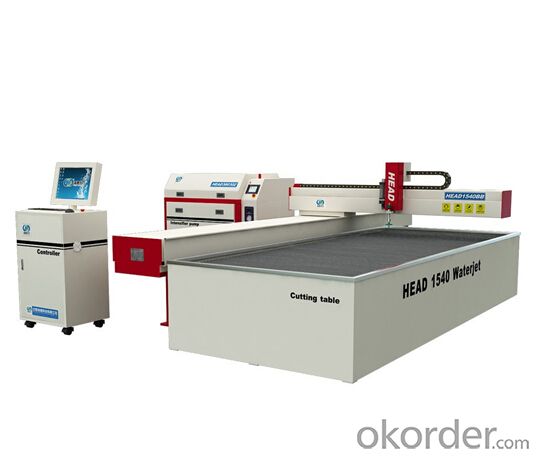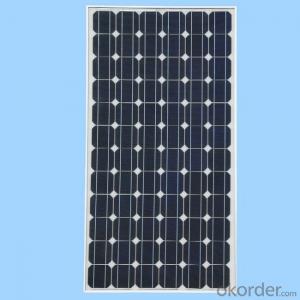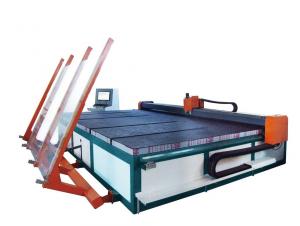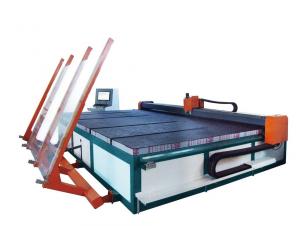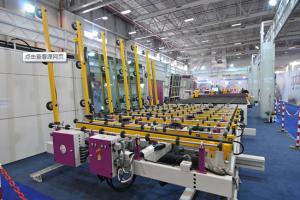Bosch Solar Cells CNC Auto Glass Cutting Machine Production Line
- Loading Port:
- Shanghai
- Payment Terms:
- TT or LC
- Min Order Qty:
- 1000 pc
- Supply Capability:
- 20000000 pc/month
OKorder Service Pledge
OKorder Financial Service
You Might Also Like
Full-automatic Glass Cutting Line
1. Company Information
1.Our company is one of the best professional company, with 12 years history, specialized in manufacturing insulating glass machine, glass cutting machine, PVC & aluminum window and door machine.
2.Since our company founded, "best quality, mutual benefit" is always our principle, offering the best equipment and technical support for the old and new customers.
3.Our products has been exported to many countries, such as Asian countries, European countries, Middle East area ,and South American countries.
U.S.A step motor & driving system with high precision synchronization system to make sure fast cutting speed and high precision.Interactive three kinds of data( U disk ,PC ,internet)
Software support multiple formats: AI, PLT, BMP, JPG, DXF, DST, seamless compatibility CorelDRAW, CAD, PHOTOSHOP, and other graphic software, easy operation. A LAN interface, two-way communication, to improve transmission speed and accuracy; allows a computer to control up to 254 laser equipment, greatly reduces the user cost of investment.
This kinds of model apply widely to fabric, leather, PU, wood, MDF, electronic parts, paper, acylicect.
2. Technical parameter:
1).Equipment performance
Cutting Holder: Using Japan SMC Proportion solenoid valves, According to the glass thickness automatic adjustment pressure, The cutting holder Rotate 360°.
2).Positioning System
Mechanical photoelectric joint positioning
3). Conveying Device
AIR and Belt conveyor
3. Features of our Machine Line
This automatic CNC-shaped Glass Cutting Machine allows users to cut out any shape of glass with high precision. It can connect with Loading machine to work together. AUTO CAD designed graphs and figures, automatic cutting, with all the cutting data fully computer controlled. The operator can edit the glass size for cutting with computer. The computer can optimize the cutting size, and give out the data for processing, driven the machine to cut glass sheet automatically in high speed and high precision.
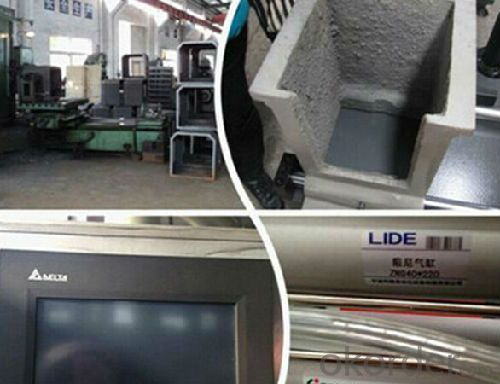

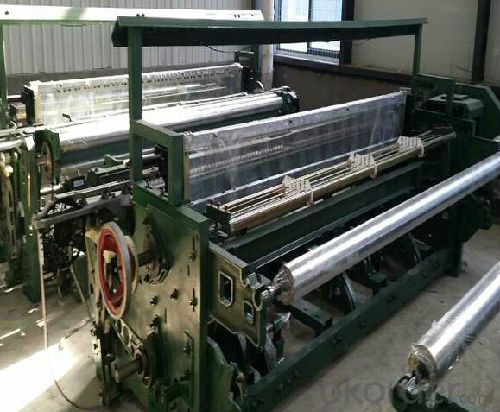
4. Main Introduction: Automatic glass loading machine
Product quality protection
If the product quality does not meet the standards set in your contract, Alibaba.com will refund the covered amount of your payment.On-time shipment protection
If your products are not shipped on time as per your contract, Alibaba.com will refund the covered amount of your payment.Payment protection
If the supplier breaks the on-time shipment or product quality terms of your contract, Alibaba.com will refund the covered amount of your payment.Product Details Company Profile Transactions History()
Report Suspicious Activity Company InformationPackaging & ShippingOur Services FAQ FAQ Quick Details Condition: New Machine Type: Insulating Glass Production Line Production Capacity: 1200piece/day
Place of Origin: Shandong, China (Mainland)Brand Name: PARKER Model Number: IGV22
Voltage: 220-380v 50hzPower(W): 23.7kwDimension(L*W*H): 21000x2100x3300mm
Weight: 4800kgsCertification: CE Warranty: 1 years
After-sales Service Provided: Engineers available to service machinery overseas Insulating glass type: flat ,LOW-E, Coated Glass Insulating glass: double/ 3 piece glazing press insulating glass
washing speed: 8-12m/min Max working speed: 50m/min Process insulating glass size: First min:250x480mm firstMax:2200x3000mm ,2th Max:2.2x4.8m,
processing thickness insulating glass: 12-60mmWashing 1 piece glass thickness: 3-12mmangle of inclination: 6°
Insulating glass production line: CNC Glass Cutting Machine Glass Edge polishing Machine: China Insulating Process line
5. Our Service for our customers
Payment Terms
♦ L/C, 30% deposit by T/T,70% spare payment L/C.
♦ T/T, 30% deposit by T/T,70% spare payment before shipment.
♦ Western Union
Warranty Terms
All equipments is 12 months guarantee,lifetime maintance.
After Sale Service
Generally speaking,our Insulating Glass Processing Equipments need to install by our professional technician, Aluminum&UPVC Windows and Doors Processing Equipments does not need.
If buyers need to install by our technicians, the installation clause as follows:
6. FAQ
Q1. Can we design packaging?
Yes, but there is with quantity limitation. For 10,000 pcs, we will make the packing free for the client, and if less than 10,000 pcs, we can talk, the package is free or little money will be charged.
Q2. Can we add our logo on products?
Yes, there are several ways to do this. We can put the label of your logo on the products or make the silk print of your logo on the products. It is free.
Q3. Can we customize product?
OEM and ODM are welcomed from Anern. We have rich experiences in this area.
- Q: How to define the poly solar cells as the A Grade one?
- A Grade poly solar cell is used in large power plant while B grade is for consumer usage for daily life
- Q: What is the maximum voltage output of a solar cell?
- The maximum voltage output of a solar cell depends on various factors such as the type of solar cell, the amount of sunlight received, and the temperature. However, typical solar cells have a maximum voltage output of around 0.5 to 0.6 volts.
- Q: Can anybody tell me how to make a solar cell at home?
- First of all, you need to be sure what you want to do with the solar cell. Do you want to generate electricity or hot water?
- Q: Can solar cells be used in security systems?
- Yes, solar cells can be used in security systems. Solar-powered security systems utilize solar cells to convert sunlight into electricity, which is then stored in batteries for continuous power supply. This allows security systems to operate independently of the electrical grid, making them more reliable and cost-effective in remote or off-grid locations. Additionally, solar-powered security systems are environmentally friendly, reducing dependence on fossil fuels and lowering carbon emissions.
- Q: How does the size of a solar cell affect its performance?
- The size of a solar cell directly affects its performance. Generally, larger solar cells can generate more electricity as they have a larger surface area to collect sunlight. This means they can absorb more photons and convert them into electrical energy. Additionally, larger solar cells tend to have lower resistance and better efficiency. However, larger cells also require more materials and are more expensive to produce. Therefore, the optimal size of a solar cell depends on various factors, including the available space, budget, and desired energy output.
- Q: Why are the poly Solar cell specifications is different from each other, they seem to have the different size of 125mm, 156mm, 152mm, is the 152mm's battery technology is higher than the other?
- The poly solar cell which is 156mm is not necessary high technology-based than the others. In fact, it's less efficient than the others.
- Q: How are solar cells used in calculators?
- Solar cells are used in calculators to convert sunlight into electricity. This electricity is then used to power the calculator, eliminating the need for batteries or other external power sources.
- Q: What is the impact of bird collisions on solar cell performance?
- Bird collisions can have a negative impact on solar cell performance. When birds collide with solar panels, it can cause physical damage to the panels, leading to reduced efficiency and power output. Additionally, bird droppings and debris from collisions can accumulate on the surface of the panels, further hindering their performance. Implementing preventive measures, such as bird deterrents or mesh covers, can help mitigate the impact of bird collisions on solar cell performance.
- Q: Can solar cells be used in powering e-bikes?
- Yes, solar cells can be used in powering e-bikes. Solar panels can be installed on the surface of an e-bike or on a separate charging station to harness solar energy and convert it into electrical power. This power can then be used to charge the e-bike's battery, extending its range and reducing the reliance on grid electricity.
- Q: Can solar cells be used in weather monitoring systems?
- Yes, solar cells can be used in weather monitoring systems. Solar cells can convert sunlight into electrical energy, which can power various weather monitoring instruments such as sensors, data loggers, and communication devices. This allows for a self-sustaining and environmentally friendly operation of weather monitoring systems, even in remote or off-grid locations. Additionally, solar cells can be integrated into the design of weather stations or buoys, enabling continuous power supply for uninterrupted data collection and transmission.
Send your message to us
Bosch Solar Cells CNC Auto Glass Cutting Machine Production Line
- Loading Port:
- Shanghai
- Payment Terms:
- TT or LC
- Min Order Qty:
- 1000 pc
- Supply Capability:
- 20000000 pc/month
OKorder Service Pledge
OKorder Financial Service
Similar products
Hot products
Hot Searches
Related keywords
